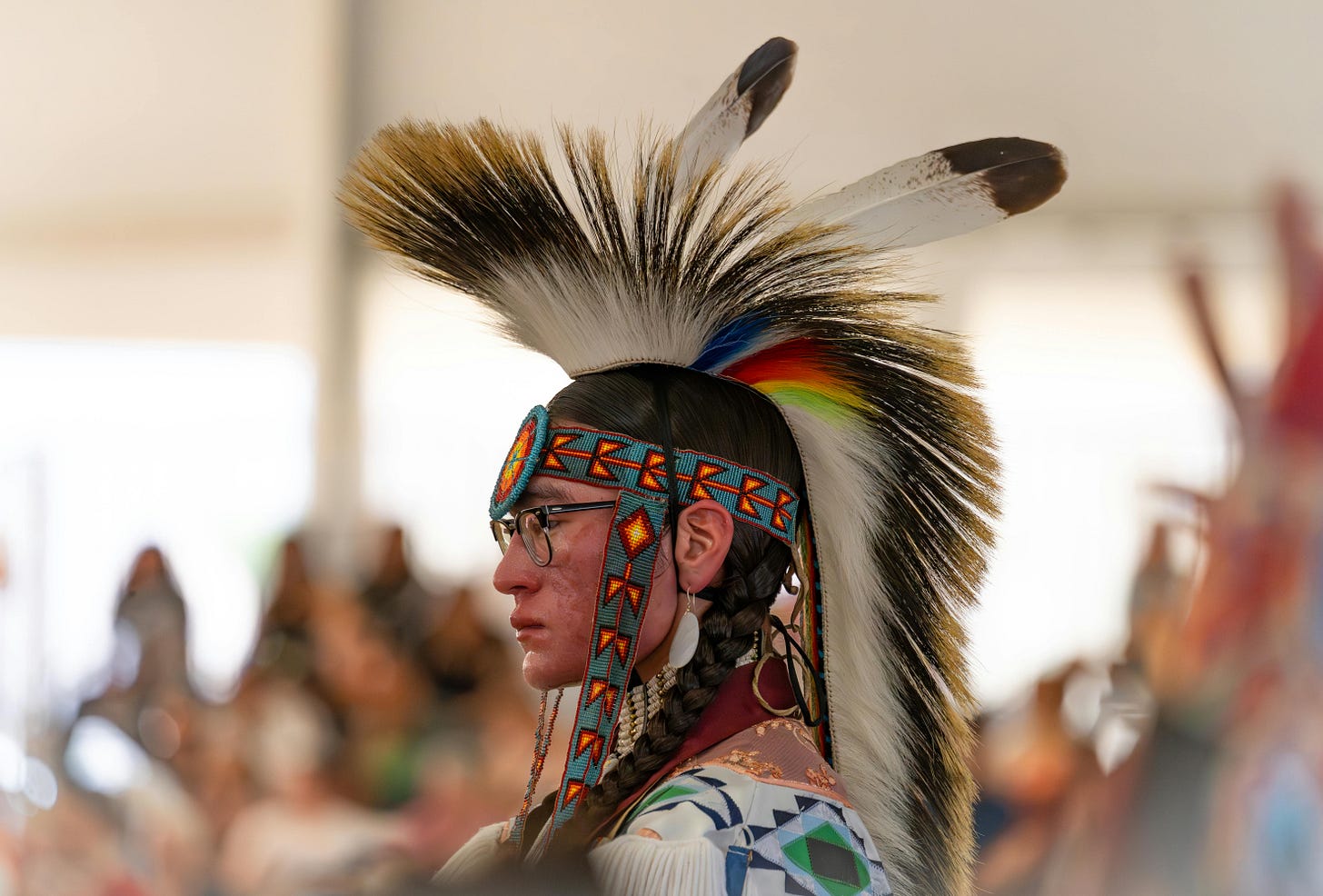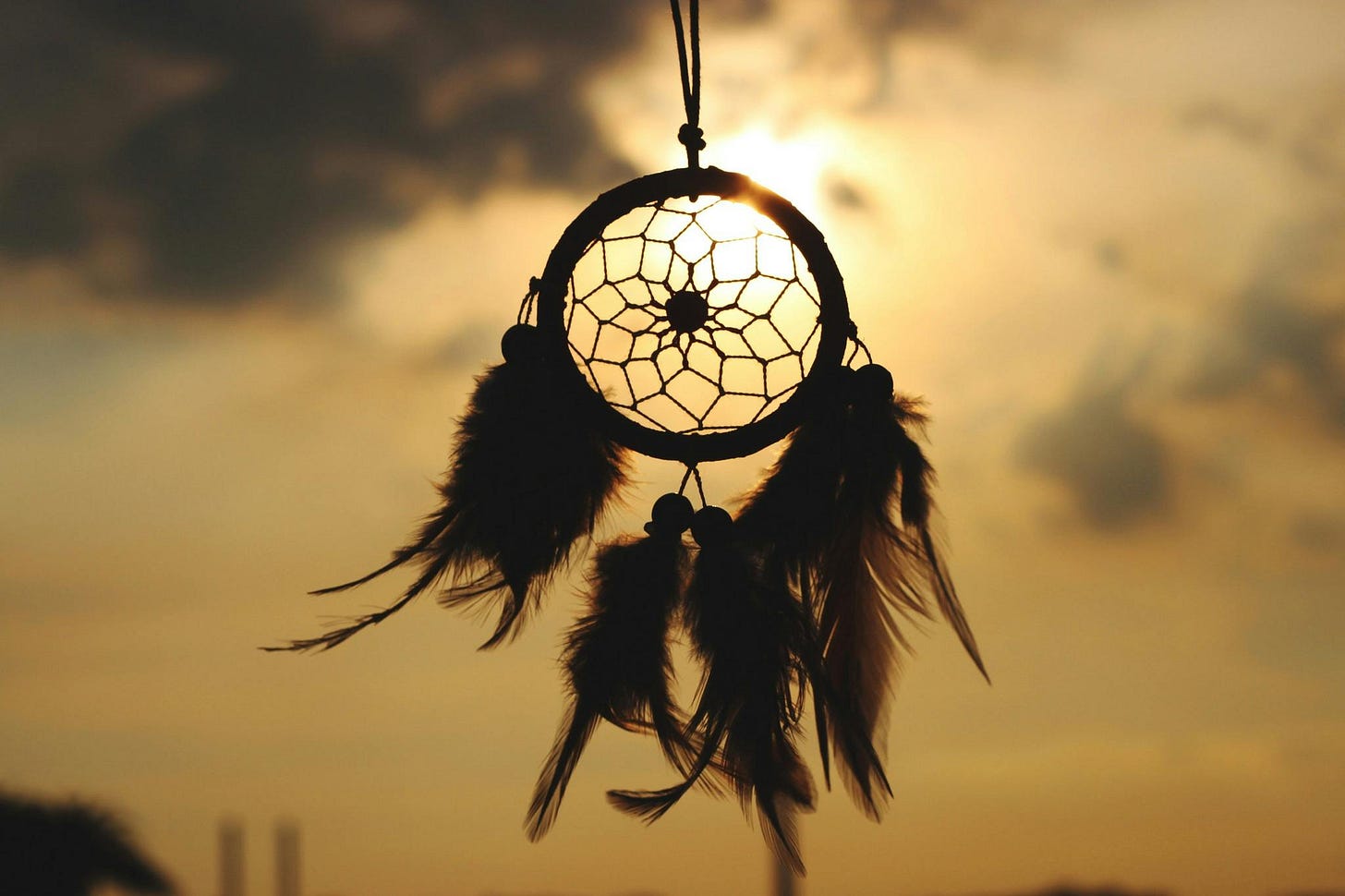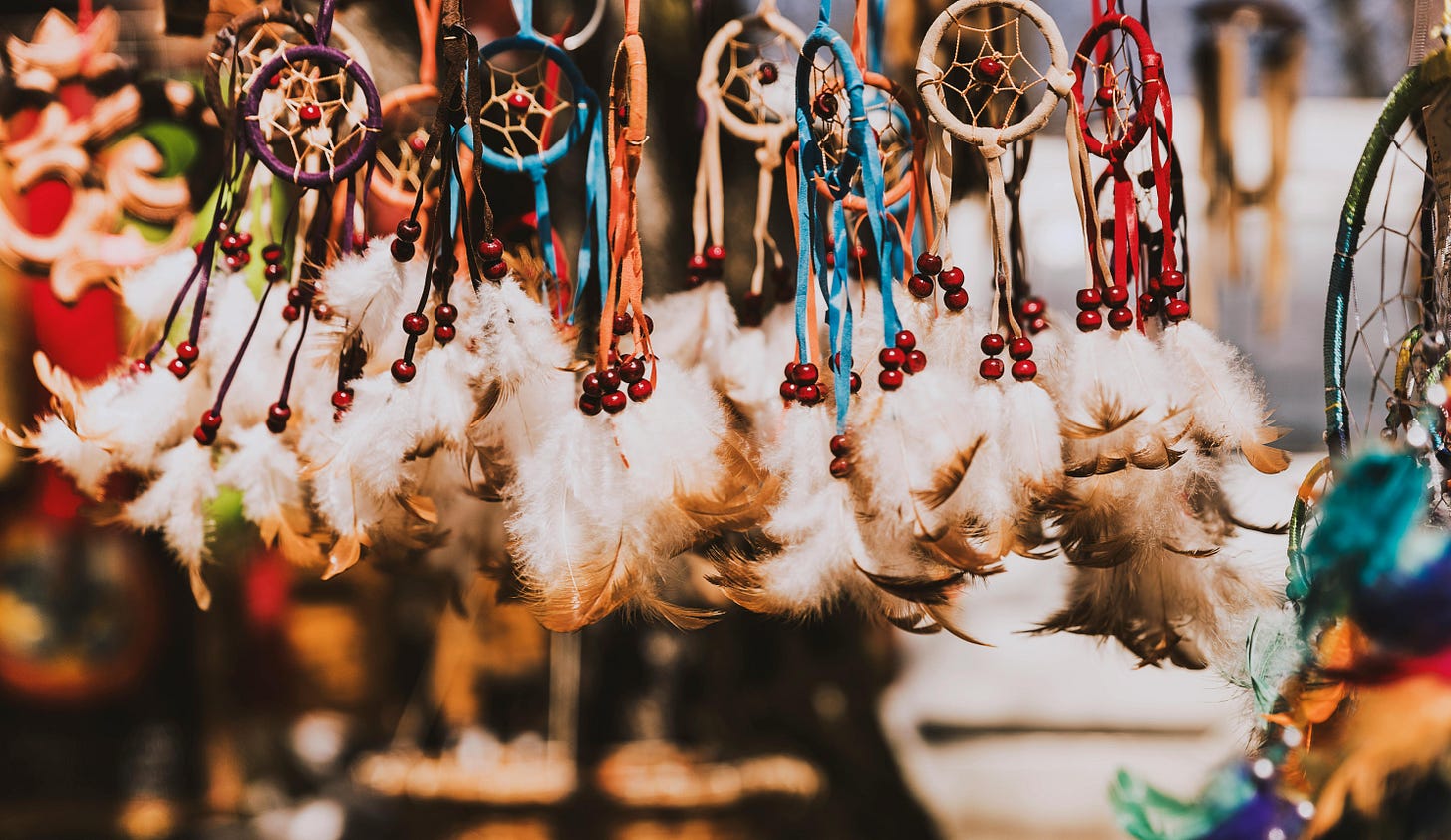Vanished Without a Trace: The Crisis of Missing Indigenous Women Across America
The crisis of missing indigenous women in Oklahoma and across America is alarming
Vanished Without a Trace: The Crisis of Missing Indigenous Women in Oklahoma and Across America
💔 A Silent Epidemic: The Missing Indigenous Women Crisis
Imagine a young woman, full of life, vanishing without a trace. No widespread media coverage. No exhaustive police searches. Just a heartbroken family, left to conduct their own investigation. This is the tragic reality for thousands of Indigenous women across the United States, particularly in Oklahoma—a state with one of the highest numbers of missing and murdered Indigenous women (MMIW).
The crisis of missing and murdered Indigenous women is not new, but it remains widely overlooked. Despite Indigenous women facing some of the highest rates of violence, disappearances, and homicide in the country, their cases often go uninvestigated, unreported, and unsolved. But why? And how can we change this?
🧐 Why Do Indigenous Women Go Missing at Alarming Rates?
The reasons Indigenous women go missing are complex, deeply rooted in historical oppression, systemic failures, and geographic vulnerabilities. Here are some key factors:
- Human Trafficking: Indigenous women and girls are disproportionately targeted by traffickers due to systemic racism, economic hardship, and jurisdictional gaps that make prosecution difficult.
- Domestic Violence & Murder: Native American women experience domestic violence at twice the national average, often from non-Native partners who exploit legal loopholes.
- Pipeline & Oil Boom Towns: Man camps—temporary housing sites for oil workers—have been linked to increased rates of sexual violence and trafficking of Indigenous women.
- Jurisdictional Challenges: Tribal law enforcement agencies are severely limited in their ability to arrest non-Natives who commit crimes on tribal lands.
- Lack of Media Coverage: Unlike cases involving white women, Indigenous disappearances often receive little to no national attention, leading to slower investigations and fewer resources.
⚠️ Why Investigating These Cases Is So Difficult
Many cases go cold because of legal and procedural obstacles that make investigating Indigenous disappearances uniquely challenging:
- Confusing Jurisdictional Rules: If a crime occurs on tribal land, it could fall under tribal, state, or federal jurisdiction. These overlapping laws often result in miscommunication and inaction.
- Underfunded Tribal Law Enforcement: Many tribal police forces are underfunded and stretched thin, making it difficult to dedicate resources to missing persons cases.
- Lack of Accurate Data: The U.S. does not have a consistent or accurate database for tracking missing Indigenous people. Many cases are misclassified as runaways or never recorded.
- Failure to Prioritize: Local law enforcement often dismiss Indigenous cases, assuming victims have left voluntarily—even when families insist otherwise.
🚨 Famous Cases That Highlight the Issue
The crisis of missing Indigenous women is far from abstract. It has faces. Names. Stories that demand justice. Here are a few of the most well-known cases that underscore the need for systemic change:
Savanna LaFontaine-Greywind (North Dakota, 2017)
Savanna, a 22-year-old pregnant Indigenous woman, was abducted and murdered by her white neighbors. Her baby was cut from her womb in an act of unspeakable violence. While her case gained some national attention, her murder is one of many that occur with little media coverage or law enforcement urgency.
🔍 How It Could Have Been Investigated Better:
- The neighbors who killed her had suspicious behavior that should have prompted a deeper look earlier.
- Law enforcement initially delayed their search efforts, despite her family immediately reporting her missing.
- If authorities had taken the family’s concerns more seriously from day one, Savanna might have been found alive.
Hanna Harris (Montana, 2013)
Hanna, a 21-year-old woman from the Northern Cheyenne Tribe, was found murdered on the Fourth of July. Law enforcement initially brushed off her disappearance, despite her mother pleading for help.
🔍 How It Could Have Been Investigated Better:
- Law enforcement waited days before taking action, losing crucial evidence.
- Media coverage was almost nonexistent—her community was left to organize their own search efforts.
- If police had issued an immediate search and Amber Alert, they might have found her sooner and identified her killers more quickly.
Ashley Loring Heavyrunner (Montana, 2017)
Ashley, a 20-year-old college student, disappeared from the Blackfeet Nation in Montana. Despite her family’s relentless search, law enforcement was slow to act, citing jurisdictional confusion.
🔍 How It Could Have Been Investigated Better:
- The police took over two weeks to investigate after Ashley’s family reported her missing.
- The FBI was slow to get involved, even though her case clearly fell under federal jurisdiction.
- More immediate attention from national authorities could have led to critical early leads.
💡 What Needs to Change?
We can no longer ignore the epidemic of missing and murdered Indigenous women. Here’s what must be done:
✅ More Law Enforcement Coordination: State, federal, and tribal authorities need clearer communication to prevent jurisdictional confusion.
✅ Better Funding for Tribal Police: Many tribal law enforcement agencies are understaffed and underfunded. More resources could lead to better investigations and victim support.
✅ Federal Legislation & Protection: The recent Not Invisible Act and Savanna’s Act were steps in the right direction, but they need stronger enforcement and continued funding.
✅ Increased Media Coverage: The “Missing White Woman Syndrome” must be addressed. Indigenous cases deserve equal media attention to put pressure on law enforcement.
✅ Creation of a National Database: The U.S. should implement a national, comprehensive database of missing Indigenous people that law enforcement agencies are required to use.
✅ Community Awareness & Advocacy: Supporting Indigenous-led advocacy groups like the National Indigenous Women’s Resource Center and MMIW USA can amplify the voices of those seeking justice.
💬 What Can You Do?
If you’re reading this, you have the power to help. Here’s how:
📢 Spread Awareness: Share stories of missing Indigenous women on social media.
✍️ Contact Lawmakers: Demand stronger protections and resources for MMIW cases.
💰 Donate to MMIW Organizations: Groups like Missing and Murdered Indigenous Women USA work directly with families to find justice.
👀 Stay Vigilant: If you see something suspicious, report it—many traffickers operate in plain sight.
🌎 A Final Thought: Justice for Our Sisters
Every missing Indigenous woman is someone’s daughter, mother, sister, or friend. They deserve more than silence. They deserve action, justice, and to be remembered.
It’s time to break the cycle of neglect and demand real change. We owe it to the thousands of Indigenous women who have vanished, and to those who still live in fear of becoming the next statistic.







